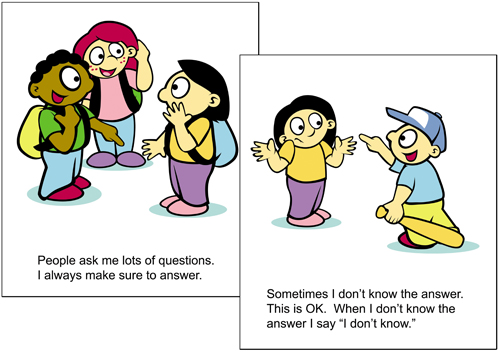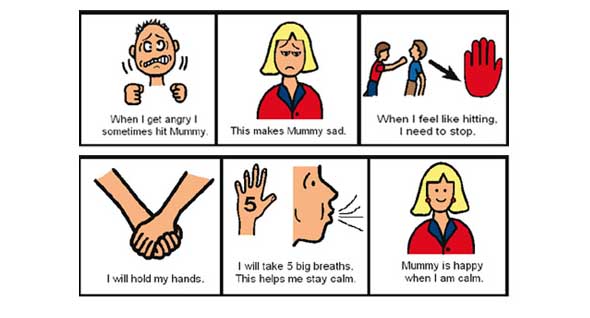Using Social Stories in Speech Therapy
What Is It?
A social story is exactly what it sounds like: a brief, simple story designed to teach children about social situations and appropriate responses. Social stories were originally developed in 1991 by Carol Gray of The Gray Center. Gray had been a consultant to students with autism spectrum disorder (ASD). Social stories were originally intended solely for use by those with ASD; however, they can also be helpful for improving communication in non-autistic children.
What Do Social Stories Address?
Children with autism typically have difficulty with reciprocal social interactions. That is, they cannot or do not wish to interact with their peers. They often have difficulty maintaining the flow of a conversation, they might offer inappropriate responses, or they might obsessively talk about one specific topic. Social stories are designed to address these communication issues.
How Do Social Stories Work?
Social stories are intended to work by providing frameworks for the child’s social interactions. They provide clear, easy-to-follow descriptions of social situations and the appropriate responses and behaviors. It has also been suggested that social stories may help children to organize social cues and reduce social anxiety. This might allow a child to more effectively concentrate on the social situation.
Social stories might also help reduce inappropriate behaviors and teach problem-solving skills. However, it’s worth noting that some object to the use of social stories to teach appropriate social responses because of the possibility that this technique teaches just one response to a situation.
How Are Social Stories Written?
Social stories use simple descriptive sentences to provide basic details about a situation. They also use perspective sentences to describe possible emotional responses. Directive sentences inform the child of socially acceptable responses and behaviors. These are the basic types of sentences; some social stories may use others.
Social stories are written from the child’s point of view, in first person. They are always written in the present tense. Teachers, parents, and speech-language pathologists (SLP) can customize a social story to match the child’s comprehension and vocabulary. Some examples of social stories are available at The Gray Center’s website.
How to Use Social Stories
Social stories should be read aloud with the child two or more times. The parent, teacher, or SLP will then use role-play to check the child’s comprehension. For example, you might say, “Let’s make-believe that we’re at the beach. What happens at the beach?” Each day, reread the social stories that you and your child and currently working on until your child no longer needs them.




